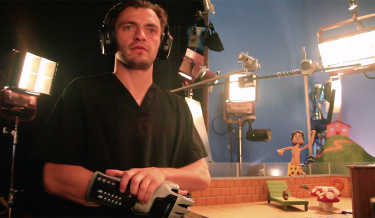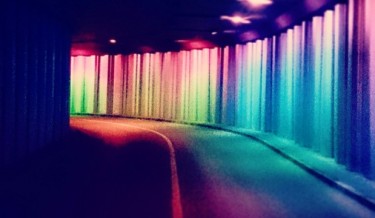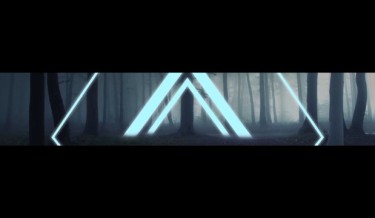Related post
Power Glove as stop-motion animation tool
Jan 18, 2015
|
Comments Off on Power Glove as stop-motion animation tool
3747
3 FB-groups to develop yourself as a VJ artist
Feb 26, 2015
|
Comments Off on 3 FB-groups to develop yourself as a VJ artist
4346




